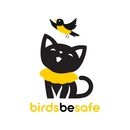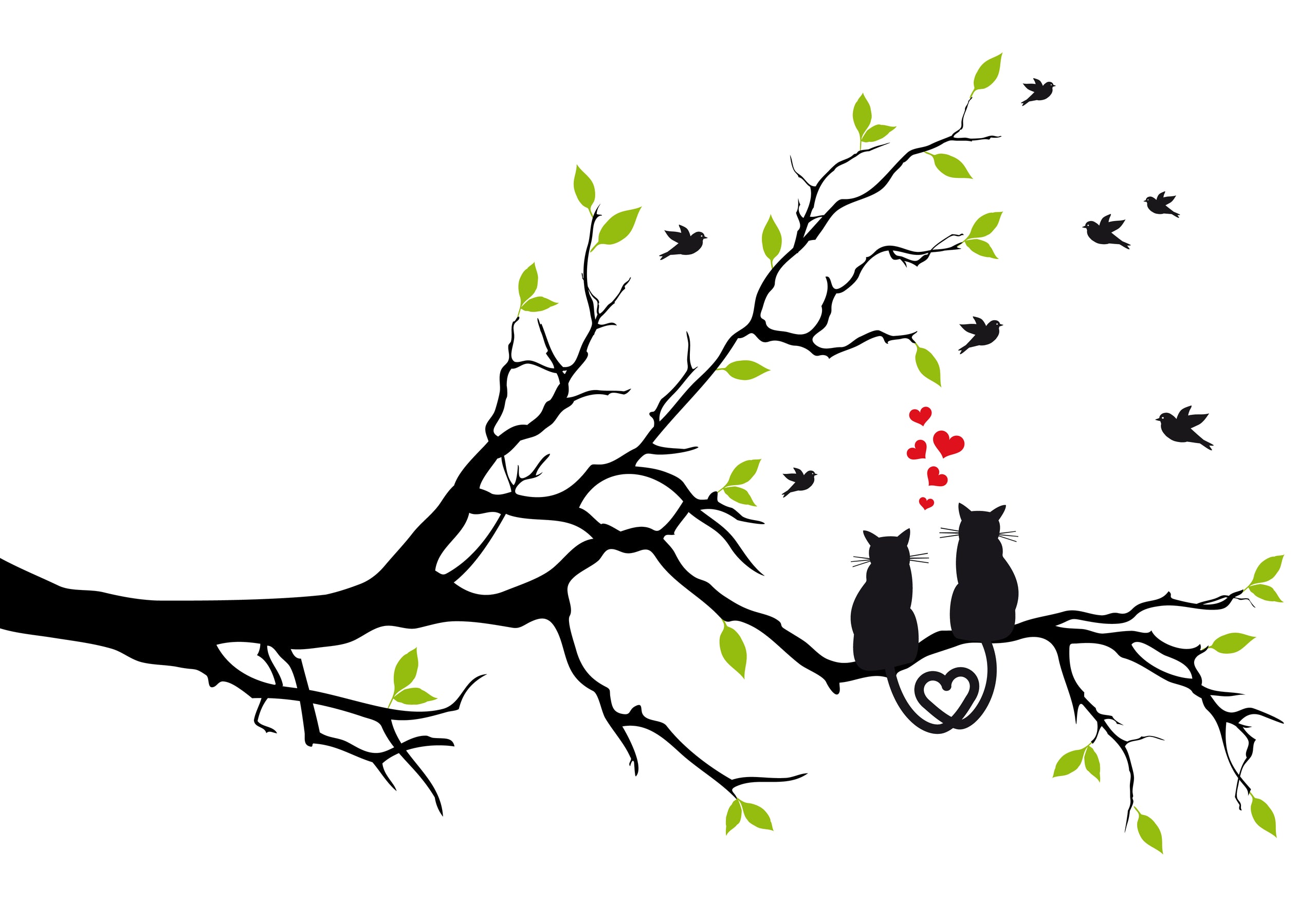How Do Songbirds Birds See?
The first thing to know is that not all birds' eyes are the same. You probably know that owls see phenomenally well in the darkness, that hawks see well from great distance, and now you have read that songbirds see bright colors extremely well. All these birds' eyes have different features.

We are focused on songbirds, because those are the types of birds (primarily) that your outdoor cat will likely hunt. Some cats will hunt the occasional woodpecker, ruffed grouse, or other non-songbird, and those non-songbirds' eyes are different in terms of color perception. Back to songbirds. These are birds like warblers, phoebes, robins, and chicadees, for a few examples. After all, their extraordinary eyesight plays a crucial role in the success of our vibrant BirdsBeSafe collar covers.
Songbirds' vision is truly a spectacle of evolution. To truly appreciate it, let's flutter into their unique eye anatomy first. Imagine yourself soaring high above the clouds - you'd need some remarkable eyes to navigate, right? Songbirds do just that with their large eyes, occupying about 15% of their head, compared to a mere 5% in humans. This anatomy grants them a wide field of view and acute vision, crucial for their survival in the wild.
Now, let's dive into the most colorful part: their perception of colors. Unlike human eyes that contain three types of color receptors, songbirds have an extra one for ultraviolet light! This means they see an array of colors we can only dream about. Picture a world where feathers aren't just green but an iridescent spectacle of colors, where berry-laden branches stand out like a neon sign against the foliage - that's the world through a songbird's eyes!
So, how does this relate to our BirdsBeSafe collar covers? Well, their psychedelic palette is a strategic choice, not just a fashion statement. Our feline friends adore them for their chic appeal, but for our songbird neighbors, these colors serve as a dazzling warning signal. With their extraordinary color perception, birds can easily spot a cat wearing our collar cover from a distance, giving them ample time to take flight.
Let's review . . .
- Songbirds' eyes perceive bright colors extremely well due to having more rods and cones that human eyes. They also have "double cones" which are specialized to see colors, as well. Bright colors seem even brighter to their eyes, and that makes the colors stand out in the environment more so than they do to your eyes.
- Songbirds see bright colors well during low light conditions (because of having more rods). This applies to dawn, a time of danger--and singing--for many birds.
- When a songbird perceives the bright colors of Birdsbesafe® cat collars, it seems to also perceive the predator. I suppose that if the birds' attention is drawn to the bright color around the cat's neck, it can at the same time perceive the shape of the predator
In essence, a bird's unique vision is a testament to the magnificent intricacies of nature. And by leveraging their visual strengths with our BirdsBeSafe collar covers, we've created a solution that marries style and safety, promoting a world where cats can prowl, and songbirds can sing without fear.
Join us in our mission to make our backyards a safer place for our winged companions. It's a cause worth 'chirping' about!
More Reading about Birds' Vision
Birds' eyes are very interesting and we include here a list of some interesting articles for your perusal.
- An article with more about birds' rods, cones and sight. Not specific to songbirds.
- An excellent short article about rods, cones, double cones.
- A compilation of most of the scientific journal articles on birds' visions.
- An article about night vision of songbirds being adequate to migrate in the dark, and corresponding area of the birds' brain.
- Fun and lively article that mentions that birds of prey don't see color in the way songbirds do.















